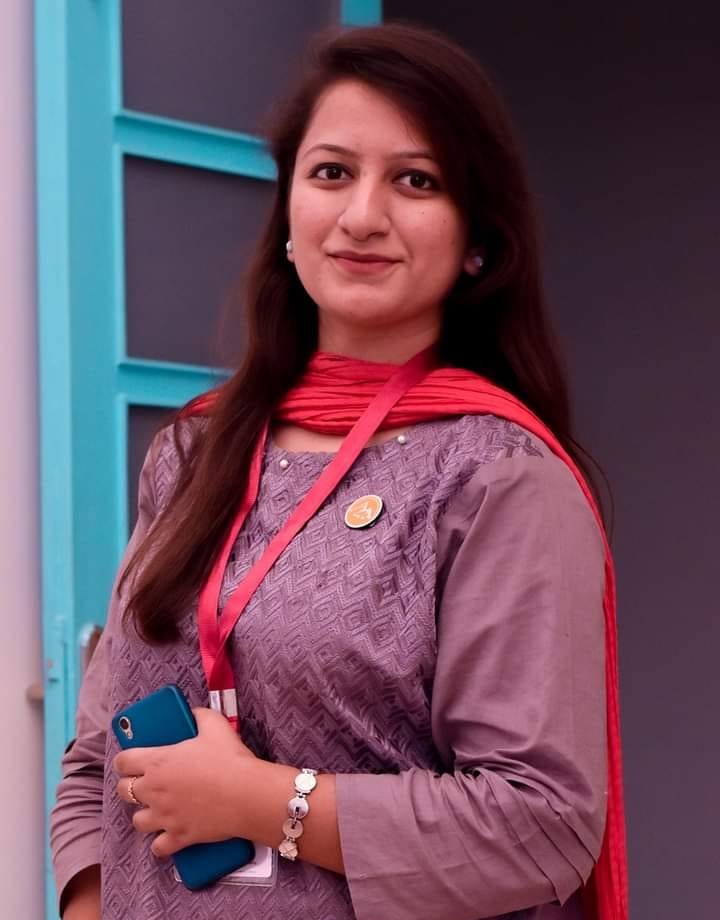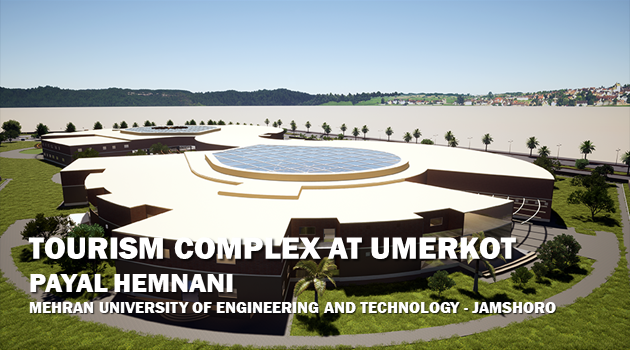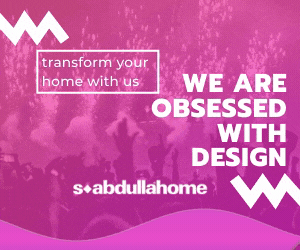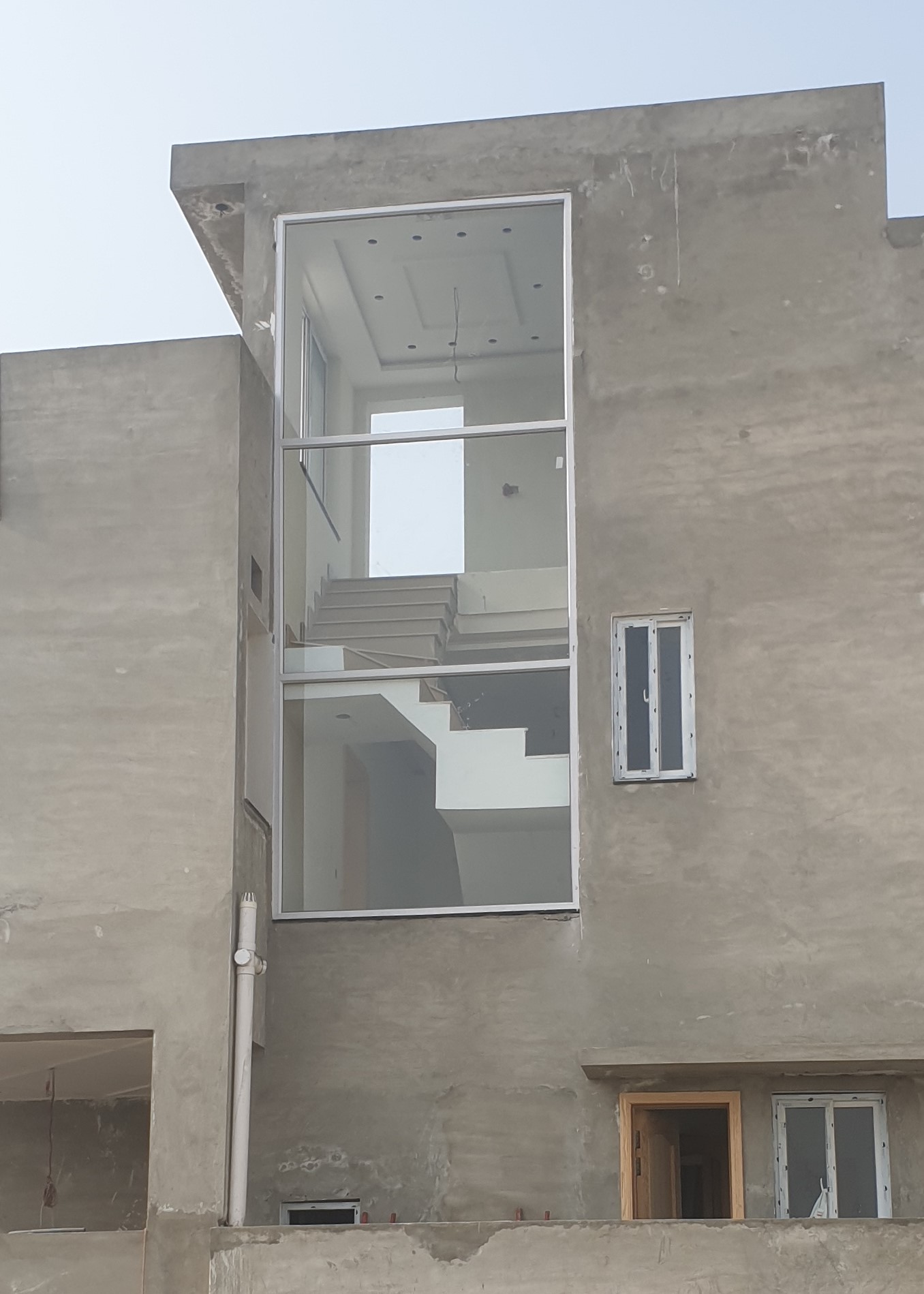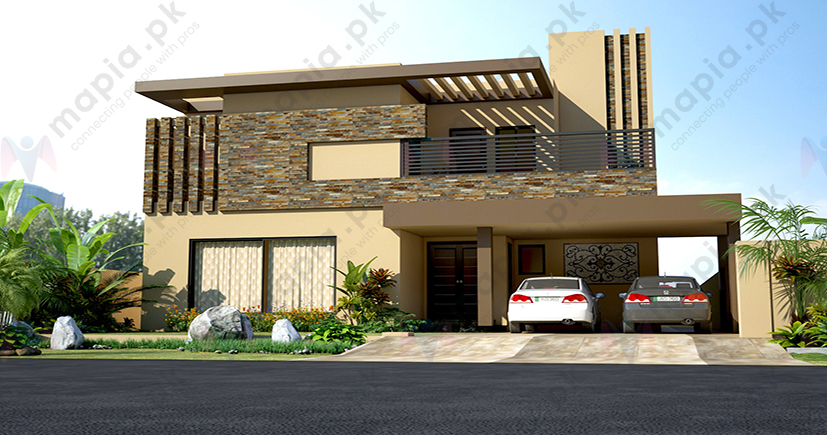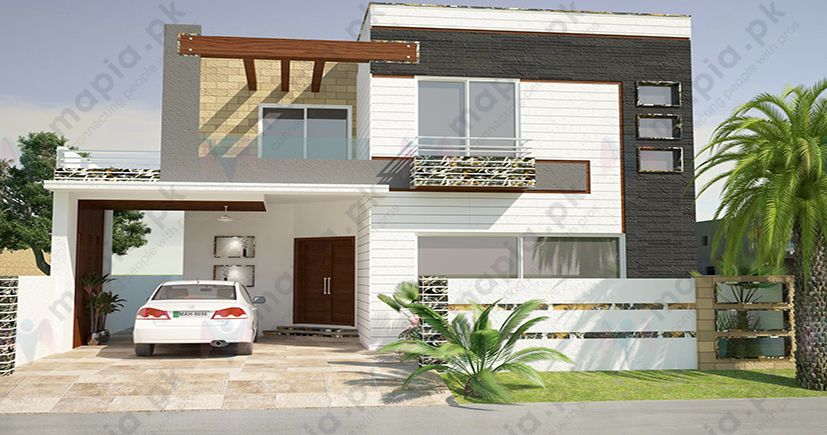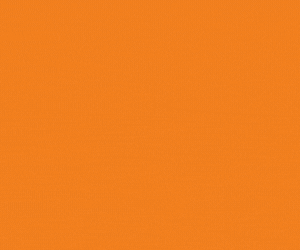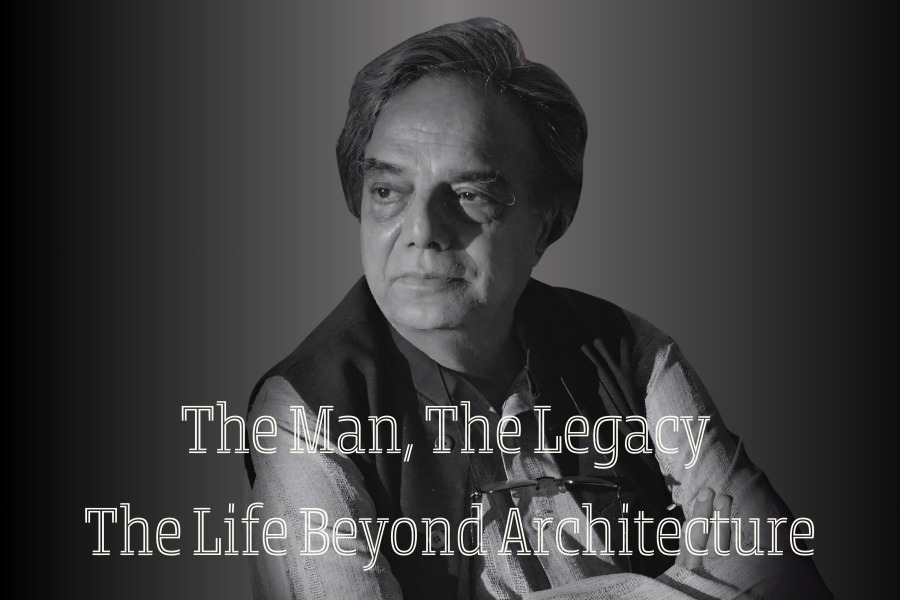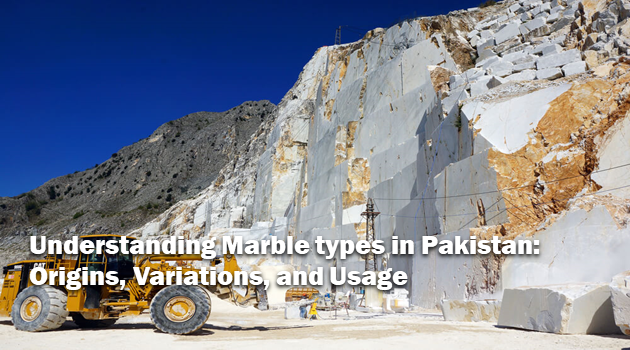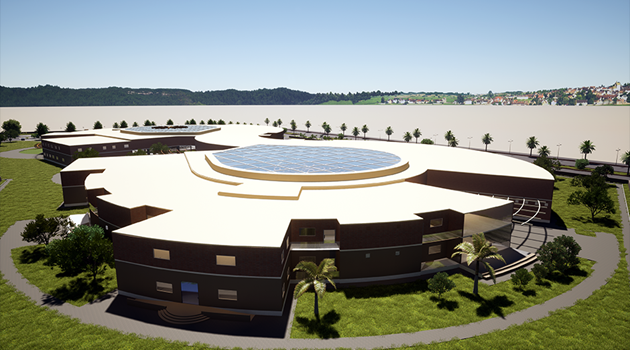
Tourism Complex at Umerkot Thesis by Payal Hemnani (17AR19)
SUPERVISED BY: MS. RAHEELA LAGHARI (ASSISTANT PROFESSOR)
DEPARTMENT OF ARCHITECTURE
MEHRAN UNIVERSITY OF ENGINEERING AND TECHNOLOGY, JAMSHORO SINDH
SUBMITTED IN PARTIAL FULFILLMENT REQUIREMENT OF THE DEGREE OF BACHELOR OF ARCHITECTURE 2022
Tourism industry offers benefits for labor, since it can provide jobs for all genders, age groups and social classes. Pakistan is full of beauty while Sindh province is full of tourist spots and historical monuments, and if they are utilized by the human resource of Sindh, they can generate a good income, which will eventually help in reducing the level of poverty.
This is an exploratory study that sought to determine the status, problems and prospects for socio-economic benefit of tourism in Sindh. This is a concept paper which identified several problems and recommendations for improvements from relevant literature. An empirical study is suggested for identifying the general problems encountered by visitors at various tourist spots in Sindh, as solutions and policies can be devised.
The aim of this research is to design tourism complex at Umer kot to promote tourism and give the awareness about local culture and heritage to the people and visitors to find the most effective approach to triumph over the challenges confronted with the aid of the tourism industry of Pakistan. To explore the tourism sites at Umer kot and surrounding areas. To analysis the tourism facilities and problems at Umer kot. To develop the design strategies for tourism complex at Umer kot.
The scope of this research is to encourage the tourism in Sindh, with a view to identify and analyze the some of the problems such as tourist’s safety, security, law and order situation, care of archaeological and historical places for because they all are our identification that what was our position before the thousands of years and on the other hand we may generate huge foreign exchange to motivate foreigner to come over here, at this stage the number of foreigners are very less to visit Sindh as compared to other countries.
When we got more old places as compared to other countries like Mohenjo-Daro and fort. Other projects endorsed with the aid of this studies are advertising religious/historic web sites to neighboring international locations and improvement of tour infrastructure.
That might require a closer revision as every of the strategies clear up the industry’s problems through distinctive manner. Enhancements inside the take a look at might similarly gain Pakistan’s spiritual tourism enterprise. Projects and efforts along with these will in reality result in higher inflow of travelers.
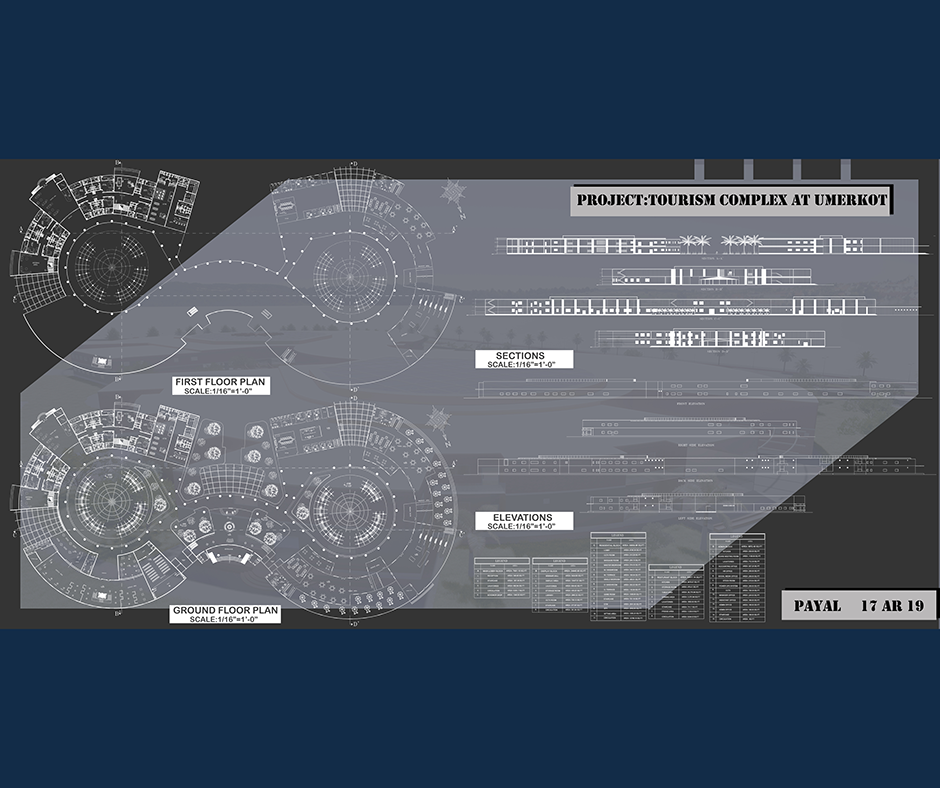
INTRODUCTION
According to the United Nations World Tourism Organization (UNWTO), tourism entails the movement of people to countries or places outside their usual environment for personal or business/professional purposes. These people are called visitors.
Tourism is a complex industry that involves a broad range of businesses, organizations and government agencies. Each party in the chain contributes to the overall holiday experience of the customer. Tourist complex means land or buildings which are used for the day to day accommodation of tourists and short-stay visitors away from their normal place of residence.
Tourism is witnessing huge global growth every year and it is forecast to grow far into the future. It is definitely an industry of the future. Growth means that more and more skilled workers are needed all over the world. By studying tourism you give yourself the skills and knowledge to be a part of this growth.
There are few more writings on topics like:
Minimalist Architecture Design "Exploring the Origins and Evolution of Minimalist Architecture
The Process of Design: An Inside Look at How Architects Practice
Interior Designers in Pakistan: A Look into Their Vital Role
BACKGROUND
Tourism- the word itself creates a positive aura around us. It serves as a medium of intercultural exchange. One of the oldest conceptual definitions of tourism was given by two pioneers of tourism researchers, Hunziker and Krapf (1942), who defined tourism as:
"Being a sum of relations and phenomena resulting from travel and stay of non-residents, in so far a stay does not lead to permanent residence and is not connected with any permanent or temporary earning activity".
A clearer definition can be found at the British Tourism Society, which in 1979 adopted a definition based upon the work of Burkart and Medlik (1974):
Tourism is deemed to include any activity concerned with the temporary short-term movement of people to destinations outside the places where they normally live or work, and their activities during the stay at these destinations.
Many a times the question arises, is tourism really matters? I guess, yes. In today’s world, life is full of tensions and worries. Tour to any good location may serve as a mediator to forget tensions. Tourism also matters as in a world of confusing connections and disconnections between human beings, our lives with others matter. Tourism is also a medium of survival for many poor people. At the same time, it provides leisure and helps to enjoy beauty of the best tourist spots in the world.
PROBLEM IDENTIFICATION
The research is based on the problem facing by tourism industry in Sindh that does not enough revenue from tourism and it does not provide satisfactory to tourists. From religious sites and forts have been facing major infrastructure issues like wise: transformation, safety, security, pollution, and hospitality.
These challenges include inadequate infrastructure, poor security situation, lack of government's will, efficient policies, and at the same time, inefficient hotels and restaurants. Lack of adequate infrastructure is one of the biggest hindrances in the way of promoting tourism.
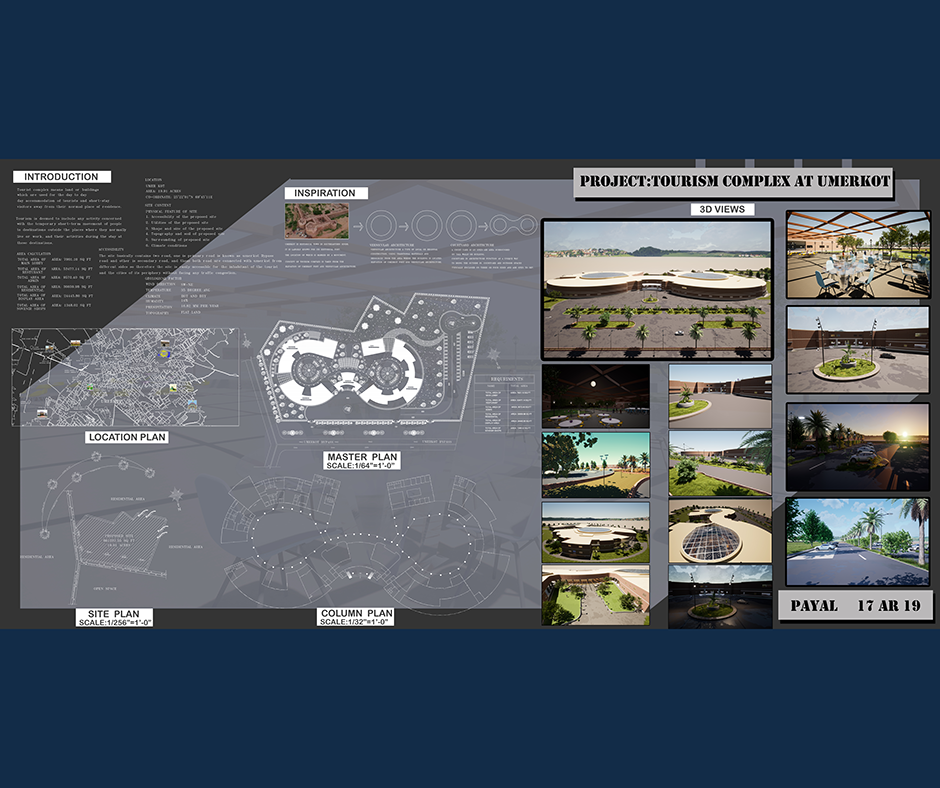
AIM OF THE PROJECT
The aim of this research is to design tourism complex at Umer kot to promote tourism and give the awareness about local culture and heritage to the people and visitors.
OBJECTIVES
- To explore the tourism sites at Umer kot and surrounding areas.
- To analysis the tourism facilities and problems at Umer kot.
- To develop the design strategies for tourism complex at Umer kot.
METHODOLOGY
- By literature review,
- By site surveys and case studies.
- By questioners and interviews.
- First object “To explore the tourism sites at Umer kot and surrounding areas” achieved by the literature review, site survey and case studies.
- Second object “To analysis the tourism facilities and problems at Umer kot” achieved by the questionnaire and interviews.
LIMITATION
This research is limited to the Umer kot, Tharparkar and nearby areas. There are different types of tourist space, resort which can help solve many problems, but my conservation of study is tourist resort. So, I think that tourist complex solves many problems like to give peace, comfort, pleasant, refreshing, sitting for different age groups, and interaction space.
SCOPE
The scope of this research is to encourage the tourism in Sindh, with a view to identify and analyze the some of the problems such as tourist’s safety, security, law and order situation, care of archaeological and historical places for because they all are our identification that what was our position before the thousands of years and on the other hand we may generate huge foreign exchange to motivate foreigner to come over here, at this stage the number of foreigners are very less to visit Sindh as compared to other countries. When we got more old places as compared to other countries like Mohenjo-Daro and fort.
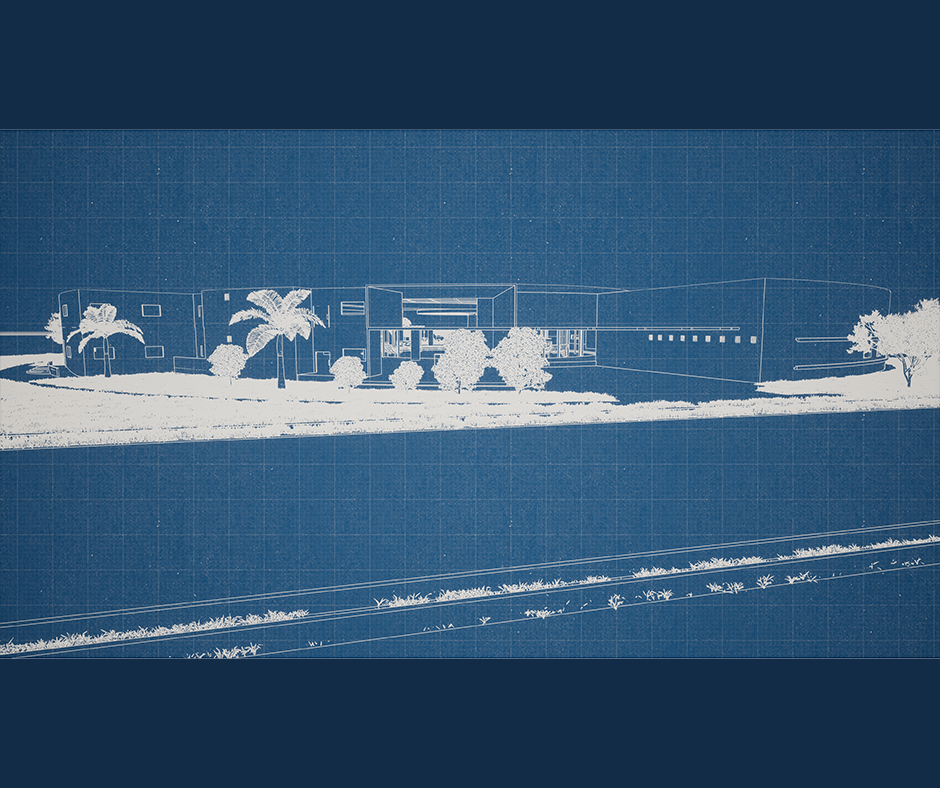
SITE ANALYSIS
SITE SELECTION CRITERIA
Site is a piece of land on which project is going to be done. Site selection plays an important role in sustainable development using land efficiently and accordance with the site’s suitability for the intended purpose is a fundamental precept of “smart” growth, or sustainable development sites has many social and economic benefits.
Site search and selection is a major element of the process of creating a supporting a project in which units are developed. With some exceptions, it is impossible to seek permanent financing and community support until the site is identified and site control has been secured.
Prior to initiating a site search, it is important to first develop the project concept, including defining the site and configuration requirement for the proposed supportive housing project. The site selection process is most successful when it is a methodical search for the site that best meets established criteria, including size, location and price factor that will help ensure the project fulfills the needs of future tenants. However, in many situations, a through and carefully site search may not be possible. The circumstances that can impact a site search include:
- An inadequate inventory of available and appropriate site in the community.
- A very hot real estate market and completion from for-profit developers with large amounts of upfront capital.
- A limited funding opportunity that does not provide adequate time to conduct a thorough site search.
- A site becomes available that offer cost efficiently, political expediency, and other factors.
SITE ANALYSIS
Site analysis is the most important step in the successful site design process and it is a critical first in planning and designing site.
When I started to analysis proposed site which I have selected for my project of the thesis, during additional study then I found that the value of the proposed site analysis is in its clear and it is complete identification of issues and the chapter of the site as they relate to a proposed use and when I understanding the administrative requirements of the project discovering site limitation or issues further into the planning and design process, it can be an expensive lesson.
If such issues are discovered after design or in construction the cost can be significant in economic terms and deva sting to one’s professional reputation. After considering than necessary aspects of the site. I concluded that the proposed site is best possible site ever selected for a tourism complex because it is usually subject to fairly limited resources.
The purpose of site analysis is to collect data for preliminary planning, evaluate the site for best sustainable design.
AVAILABLE SITE 01
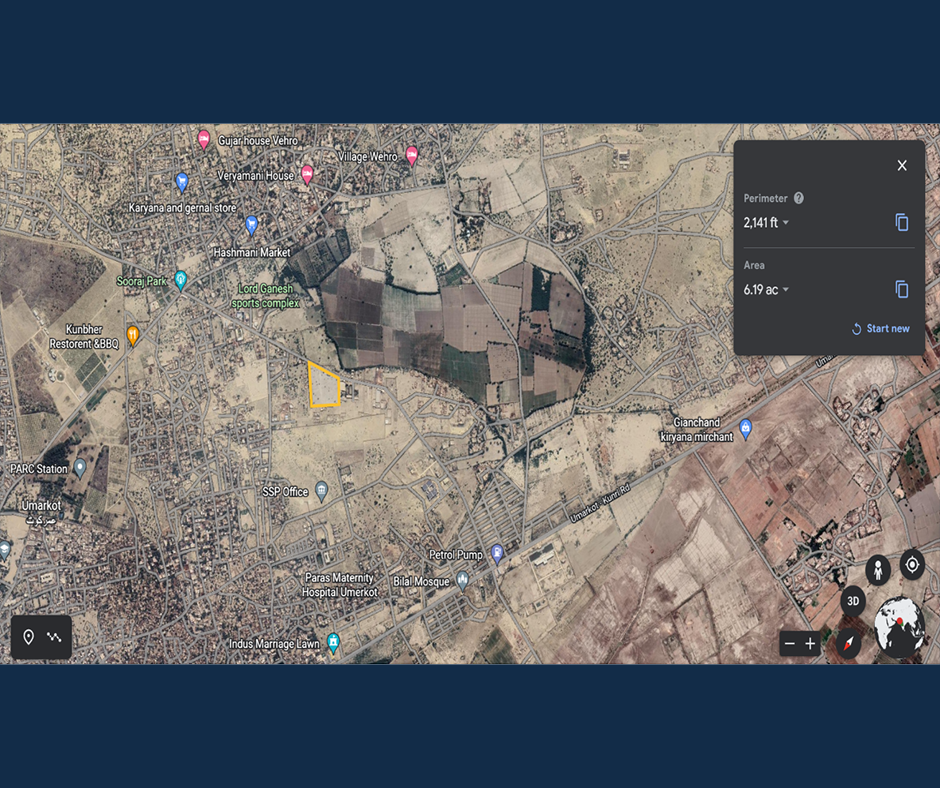
SHAPE AND SIZE
- Trapezoid shape covering an area of:
- Perimeter: 2141ft
- Area: 6.19 acres
LOCATION
- Near to the lord Ganesh sports complex and Sooraj Park.
AVAILABLE INFRASTRUCTURE
- 30 feet wide road connects Umer kot Bypass Road, on west side road.
AVAILABLE SITE 02

SHAPE AND SIZE
- Irregular shape covering an area of:
- Perimeter: 5860 ft.
- Area: 37.88 Acres
LOCATION
- Near to the PARC station and government boys’ degree college Umer kot.
AVAILABLE INFRASTRUCTURE
- 90 feet wide road connects two side of Umer kot Bypass Road, on north side road.
PROPOSED SITE FOR TOUROSM COMPLEX
LOCATION
Location of the site depends on the several factors regarding the site such as zoning, accessibility, transport, visibility and adaptability the selected site must be fulfill these criteria in order to successfully, it must be provided for the new building to scope to the surrounding built environment.
Neither it should be affected adversely by the already built structure nor should landscapes nor it affect the surrounding when the building is built and start functioning. The proposed site is selected on the Umer kot Bypass Road and the selected site is near to the Umer kot museum.
PHYSICAL FEATURES OF THE SITE
- Accessibility of the proposed site
- Utilities of the proposed site
- Shape and size of the proposed site
- Topography and soil of proposed site
- Surrounding of proposed site
- Climate conditions.
ACCESSIBILITY OF PROPOSED SITE
The site basically contains two road, one is primary road is known as Umer kot Bypass Road and other is secondary road, and these both roads are connected with Umer kot from different sides so therefore the site is easily accessible for the inhabitant of the tourist.
UTILITIES OF PROPOSED SITE
One of the most important features while choosing the site for any project is the provision of utilities on and off the selected site, services and facilities plays a vital role in selecting a site for any project.
The site must have some basic services and utilities these all are very critical to the functioning of any building.
The proposed site contains the following services which they are already available and that can reduce the cost of any project.
- Easy transport
- A good junction of roads
- Electricity
- Highways/bypass
- Gas
- Water supply
SHAPE AND SIZE OF PROPOSED SITE
The shape of site is irregular and the size of the site is almost 15 acres. The size of the site must be ample to easily host all the necessary spaces and areas for the proper functioning of the tourism complex, and the shape must not be normal having lot of offsets and recessions as it may affect the overall planning and may result in to the wastage of the land spaces, its size and shape should be according to the scope of the project and keeping in view its future expansions and demands in terms of its services.
TOPOGRAPHY AND SOIL OF PROPOSED SITE
The topography of the selected site is usually plain and smooth ground and the condition of the soil is clay and soil must have enough load bearing capacity to hold the structure, and it should be available so as construct the foundations of the building safely and economically.
SURROUNDING OF THE PROPOSED SITE
The front contains Umer kot bypass and on the left size the residential area and on right side secondary road and on the back side there is masjid Umer Farooq Umer kot. The site is selected near to the Umer kot fort, so for the ease of the transportation facilities.
CLIMATE CONDITIONS
The intensity of the rainfall and subsoil water level should be low so as to avoid dampness in the building. The climate of the UMER KOT is, that the intensity of rain is usually low there.
ECONOMIC FEASIBILITY
As the project is mainly designed to support the tourism at local cultural site, so building will contribute towards country’s economy through the tourism i.e. revenue taxes, foreign exchange earnings, etc. people coming to visit the site need staying facilities, food facilities, and other related services that will bring the more earnings through tourism.
Further the traditional shopping will also be promoted and ladies working on traditional objects like quilts, cultural dresses, etc. would be able to display their works and get their required earnings, besides that the visitors will also be able to purchase.
It will become source of employment for the local poor people, through various job opportunities.
The present government also supports the tourism and wishes to make it a great sector supporting the economy of the state. The culture, Tourism and Antiquities department of Sindh allocated budget for various projects to be completed.
ENVIRONMENTAL FEASIBLY
The proposed project tends to less degrade the environment and surroundings in a way that local materials are utilized no any harming material is suggested for the construction. It will so support the sustainable development.
FEASIBILITY OF THE PROPOSED SITE
The proposed site is more feasible for a tourism complex due to the following reasons.
The site area completely fulfills my project criteria.
The site has enough area for future extension.
It is easily accessible for the tourist and as well as for the nearby cities.
The site is selected which is connected to the bypass so that the visitors can reach to the complex easily without facing ant traffic congestion.
The selected site near to Umer kot fort, because it is a visiting place, and attract the tourist.
The site which is selected for the complex is totally a fertile land which would be favorable for the green spaces.
The site has good accessibility of roads one side is primary bypass road and secondary road.
DESIGN CONCEPT AND CRITERIA
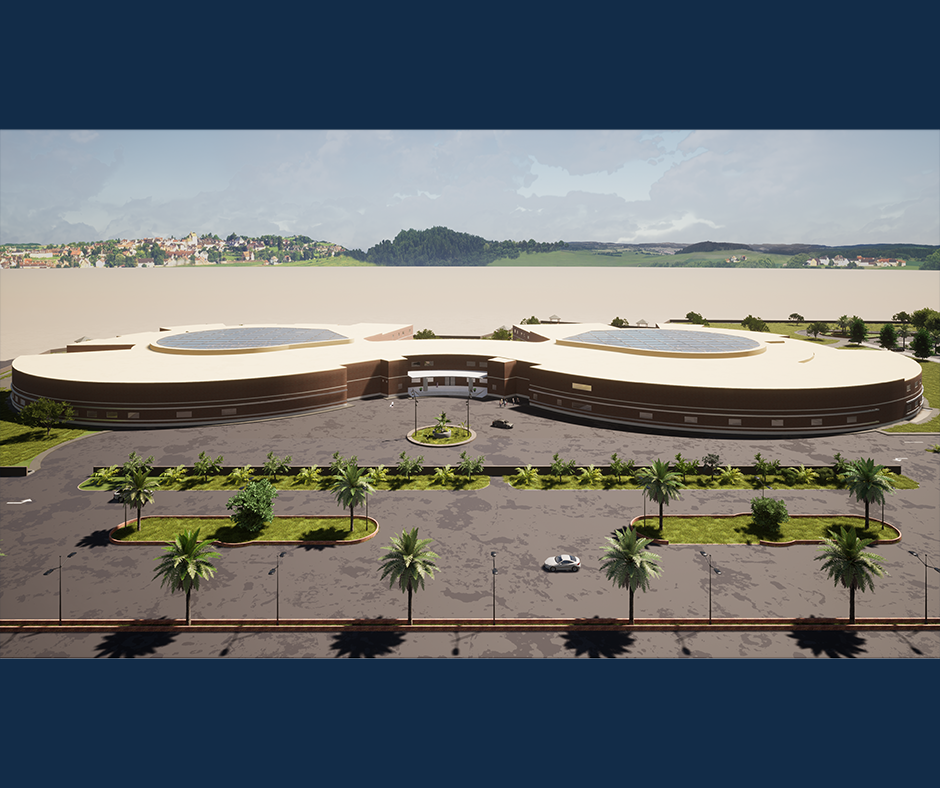
INTRODUCTION
In this chapter of design brief and consideration the key outlines of whole design program and consideration are given so, prior to the topic of TOURISM COMPLEX AT UMER KOT, following is given the detailed account of all relevant necessities of the project.
DESIGN CONCEPT
This topic will look at the concept of tourism. It will reveal its importance to human health, the economy, politics, culture, nature. It will examine the main types of tourism – international, domestic, seasonal and others.
The factors that generate the tourist movements as well as the basic elements necessary for the development of tourism - resources, material and technical infrastructure, personnel and transport will be analyzed.
The main features of tourism and the trends in tourism development as a whole will be revealed. The links between tourism and industry and agriculture will be analyzed. The notions of tourist demand and tourist offer will be clarified.
TOURISM COMPLEX
Tourist complex means land or buildings which are used for the day-to-day accommodation of tourists and short-stay visitors away from their normal place of residence. It includes visitor accommodation in association with one or more of the following:
- Function Facilities
- Taverns
- Restaurants, Cafe and other eating places
- Entertainment facilities without limiting the use of such facilities to people staying in the complex.
The panel also recognize that as individual activities, visitor accommodation, function facilities, entertainment facilities and restaurants, cafés and other eating places are all provided for within the area of the land unit as discretionary activities.
DESIGN INSPIRATION
The inspiration of this project I have taken from the Umer kot, The Mughal King Akbar was born in Umer kot. It has many places to visit but because of lack of the accommodation it is not fully explore, this project shall promote our Sindh historic sites.
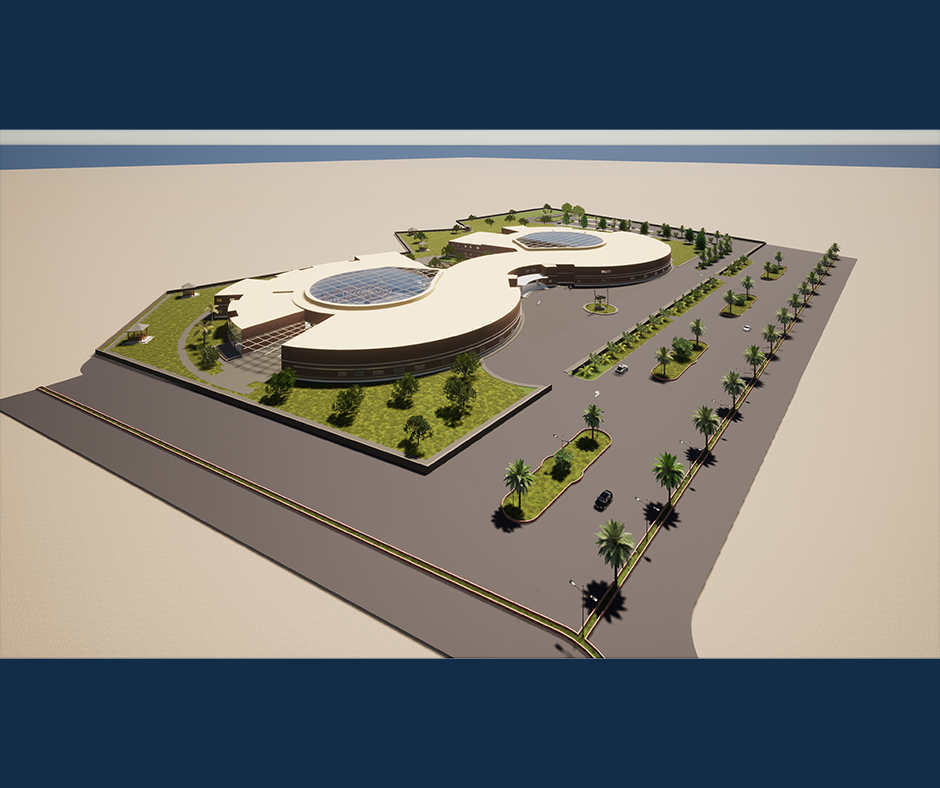
DESIGN CONSIDERATION FOR TOURISM CONPLEX AT UMER KOT
- Design phase
- Construction phase
DESIGN PHASE
Project design is an early phase of a project where the project's key features, structure, criteria for success, and major deliverables are planned out. The aim is to develop one or more designs that can be used to achieve the desired project goals.
Design phase include Data, architectural, interface, and procedural design only.
The requirements identified in the Requirements Analysis Phase are transformed into a System Design Document that accurately describes the design of the system and that can be used as an input to system development in the next phase.
Research is the most important part of any Design process. The facts and insights you acquire during the Research phase inform every subsequent part of the design process. More importantly, it is during research that you can easily kill ideas.

THE MAJOR SPACES TO BE DEVELOPED IN THE TOURISM COMPLEX AT UMER KOT
As the tourism complex is a cultural and touristic point, it contains most of the entertaining spaces along with all relevant historical objects, further, it contains many other natural and physical objects which represents the attraction to the tourist. The tourism complex is support to supply all necessary objectives and needs, not only of the visitors coming to visit, but also to the resident people.
THE PROPOSED SPACES TO BE DESIGNED IN THE TOURISM COMPLEX ARE:
- Residential
- Entertainment
- Souvenir shops
- Display area
- Restaurant
- Transportation
- Library / documentation
CONSTRUCTION PHASE
The construction phase of the project involves the materialization of the proposed plans and developments. Since the construction includes various material to be used, the importance methodology, the labor, the services and the techniques that would be incorporated in making this project come true.

So, as per mature project tourism complex, various design methods and techniques shall be considered to secure the full-fledged functioning of the project. Those methods and techniques may include the use of various local material having local cultural and traditional taste. Landscaping and its varied forms will be beautifully into the development of the design in this project.
In construction phase should considered the:
- Material
- Construction techniques
MATERIAL
Locally available material will be used in construction of this project, usually the material like brick, fine aggregates etc. are locally available again in cheaper rates. The texture of the various parts of this project in the form of building components will be made same so as to give the impression of unity. The paints color that will cover the external surface of the building will be like that of the mud or backed brick. This technique is aimed at displaying the sense of strong relation and compassion between the relics and this project.
CONSTRUCTION TECHNIQUES
The construction techniques and the methodology are of immense importance for the development of any project. Hence, keeping in view, various attempts will be made to achieve the masterpiece in the form of the proposed plan. The design techniques and method those may involve the proper and nice selection of material, the design of the various spaces, the link development between the various components of the project, the harmony, accessibility, circulation etc.
Therefore, all of the design strategies and techniques are aimed at achieving a feasible and workable model building which should be not economical as well as strong in its standing.
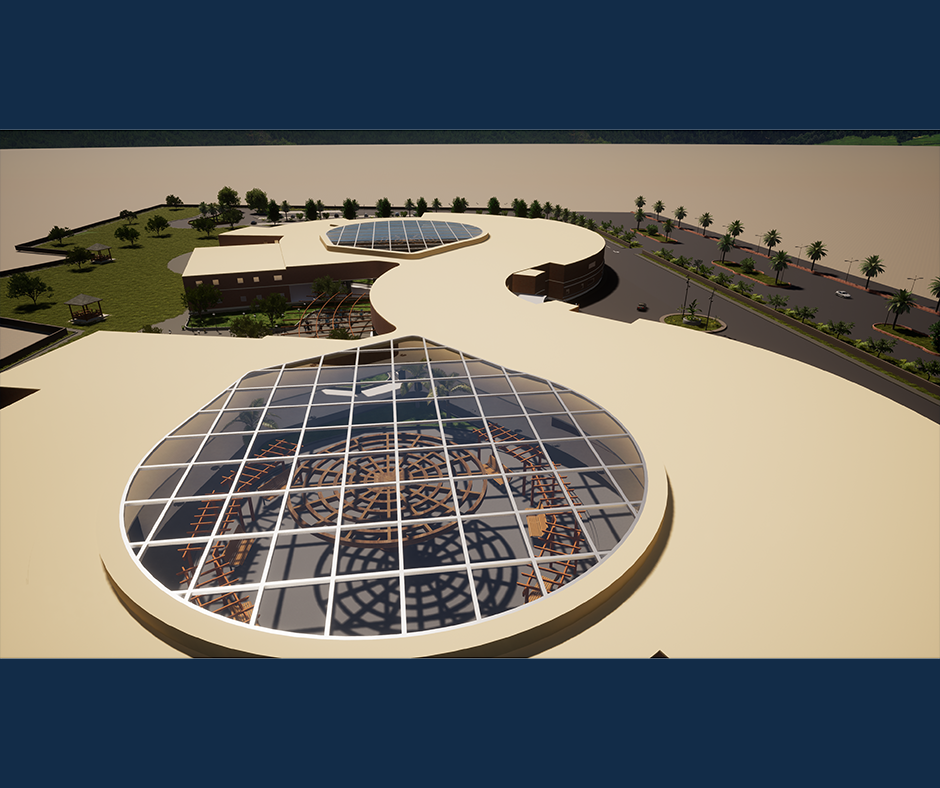
DESIGN BERIF
The aim is to examine the connection between tourism and the regional/municipal master planning and achieving increased cooperation between urban planners, managers and tourism representatives.
STRATEGIC TOURISM PLANNING
The following common strategies have been recommended as general policies:
• Tourism strategic development through knowledge-based and expertise plans.
• Development of the long-term international cooperation.
• Collaboration with the global, regional, national and local tourism organizations.
• Considering the long-term and sustainable development of the tourism.
• Increasing public participation and entrepreneurs compete in the tourism development.
• Tourism planning should be part of destination development plans because it supports a destination's long-term success and incentivizes the collaboration of key stakeholders. Tourism planning maximizes tourism benefits like: Promotion of local heritage and cross-cultural empathy.
• Building new resort, destination facilities, and tourism complexes.
• Improvement of the existing tourism resources, and infrastructures.
• Recognition of tourists’ requirements and needs in all activities.
• Tourist-oriented product development and marketing of handcrafts and native productions.
• Tourist boards, travel services, accommodation services, conferences and events, attractions and tourism services offer to the tourism industry.
Upgrading the qualities of all tourism services. The reason for this is that the basis for the decision is better by adding the local knowledge and that the decision is rooted in the public requirements. One of the most important tools in preparing a city development strategy plan for all citizens is city land-use policies. In you shall provide a land-use table, which illustrates the land area allocated to every user category.
The land-use table provides a basis to design a tourism complex map.
PLANNING AND DESIGN OF TOURISM COMPLEXES
Tourism planning refers to the overall process of deploying the development goals and the implementation of a comprehensive tourism system. In some places, tourism plans contain a set of legal norms, and in others, they are frameworks that may contain legal elements such as zoning.
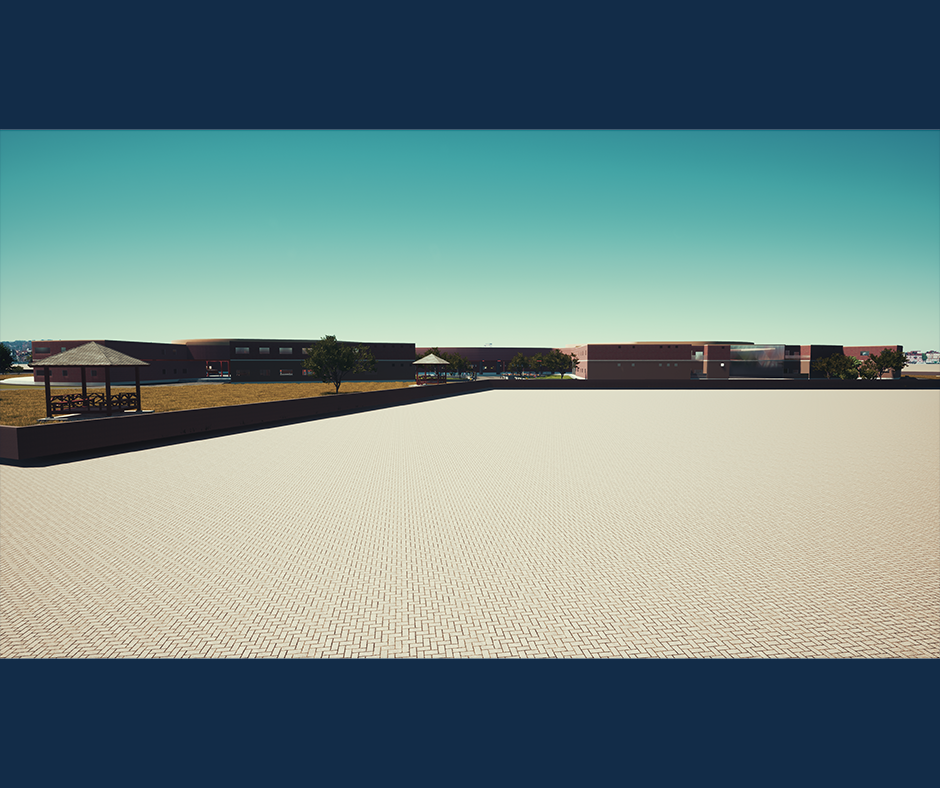
CONCLUSION
The purpose of this study was to find the most effective strategy to overcome the challenges faced by the tourism industry of Pakistan. As previously established, the cultivation of tourism will directly benefit Pakistan’s economy, among other advantages. After wide-ranging review of existing literature, facts, and figures, the study narrowed down to seven strategies. These strategies were targeted to directly solve problems faced by Pakistan’s tourism industry.
The study led to the deduction that the best way to overcome challenges faced by tourists is the stabilizing of political ties with neighboring countries. In particular, India holds a large audience of potential tourists who would prefer to come visit their faith’s religious and historical sites in Pakistan.
There are also festivals and celebrations that are held solely at these locations that would interest the Indian demographic of Hindus, Sikhs and Buddhists. The biggest challenges thus faced by these travelers are issues that arise from political conflicts, such as problems in acquiring visas. Visa unavailability is a major blocker when it comes to the large Indian population wishing to visit Pakistan for the purpose of religious tourism.
Other initiatives encouraged by this research are marketing religious/historical sites to neighboring countries and improvement of travel infrastructure. The existing potential religious sites can only be effectively cultivated when they are being marketed to the right audiences. The ranking of this strategy as second-highest can be validated by relating to the fact that it would benefit in building a positive image of Pakistan.
The improvement of travel infrastructure is an absolute necessity, though it is not a blocker for tourist influx. Therefore, the strategy earns its third place on the list, aiming to solve Pakistan’s infrastructure and therefore improving the quality of experience for the travelers. The infrastructure strategy would also tackle the problems with safety and security.
In the future, this study can be improved by factoring in the costs and feasibility of each of alternative strategies. That would require a more in-depth revision as each of the strategies solve the industry’s problems through different means. Improvements in the study would further benefit Pakistan’s religious tourism industry. Initiatives and efforts such as these will definitely lead to higher influx of tourists.

